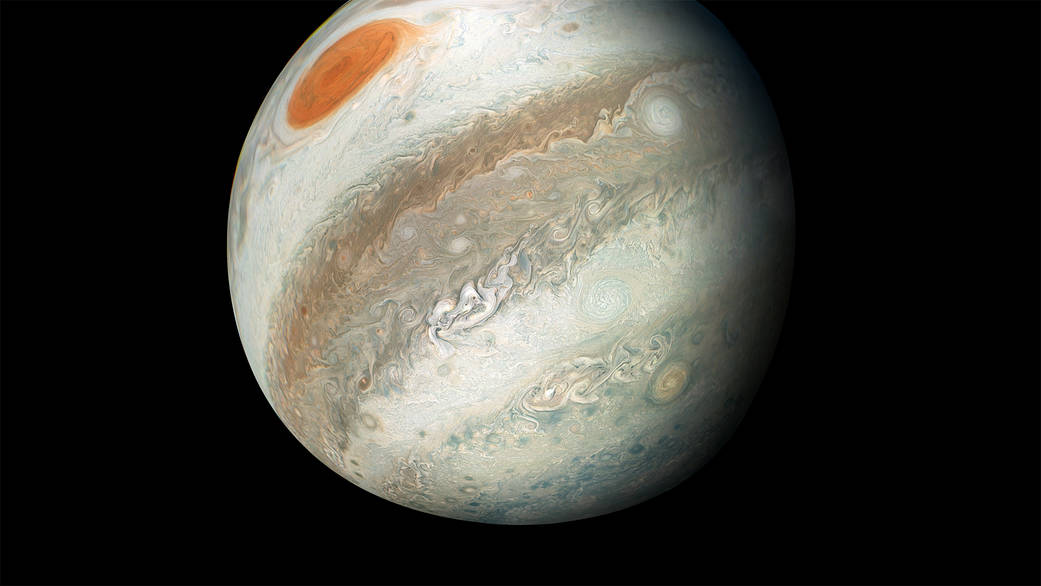
NASA’s Juno spacecraft has revolutionized our knowledge about the largest planet in our Solar System, studying up-close its atmosphere, magnetic field and deep interior structure. Juno began this survey of the gas giant in 2016, and now it is about to begin a new mission extension, one that will take it to three of the planet’s largest moons and ring system in a series of closer fly-bys.
The mission extension, just authorized by NASA, will continue until September 2025 or when the spacecraft reaches the of its operative life, whichever comes first.
This is an exciting opportunity, since up until now, Juno’s focus has always been on Jupiter itself, with some long-distance images of some of its moons from time to time.
“With this extension, Juno becomes its own follow-on mission,” said Steve Levin, Juno project scientist at NASA’s Jet Propulsion Laboratory in Southern California. “Close-up observations of the pole, radio occultations, satellite flybys and focused magnetic field studies combine to make a new mission, the next logical step in our exploration of the Jovian system.”
Multiple fly-bys are now now planned for three of the Galiean moons – Ganymede, Europa and Io, as well as multiple passes through Jupiter’s rings, which are much more tenuous than Saturn’s. This would be the first mission to study Jupiter’s ring system extensively since Galileo in the 1990s. The ring system was first discovered by the Voyager 1 mission in 1979.
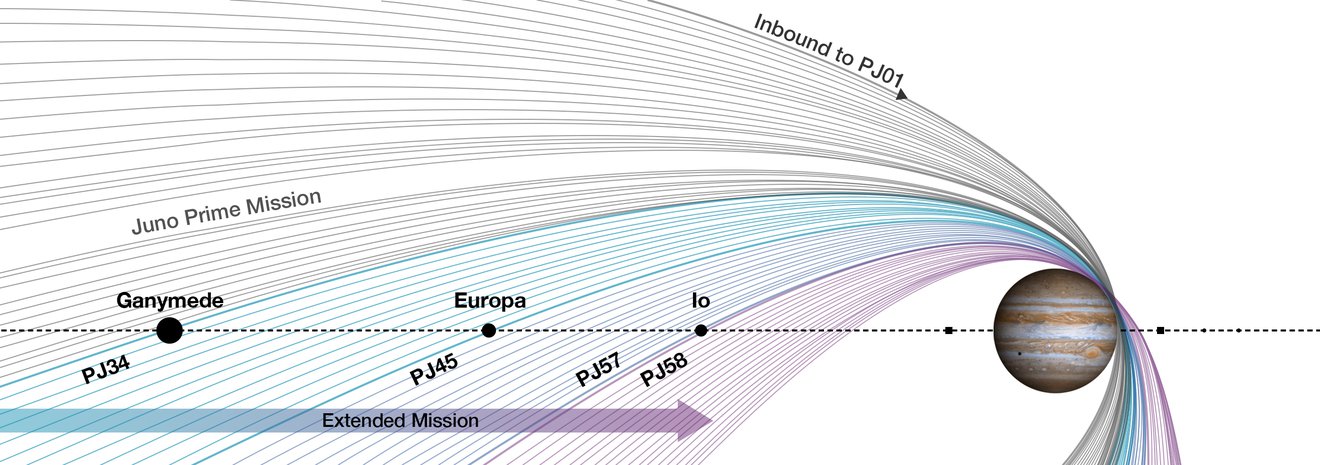
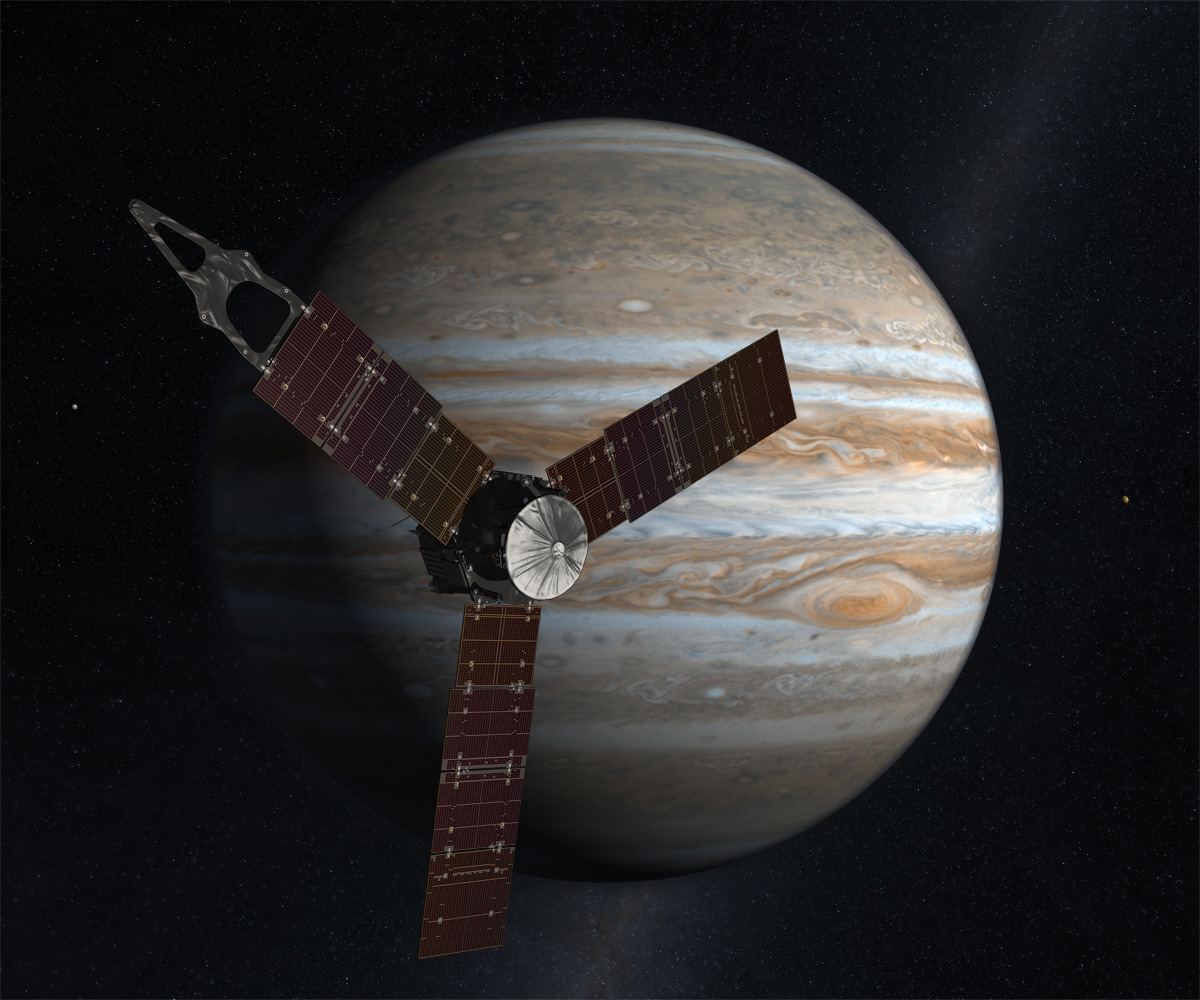
“Since its first orbit in 2016, Juno has delivered one revelation after another about the inner workings of this massive gas giant,” said principal investigator Scott Bolton of the Southwest Research Institute in San Antonio. “With the extended mission, we will answer fundamental questions that arose during Juno’s prime mission while reaching beyond the planet to explore Jupiter’s ring system and Galilean satellites.”
“By extending the science goals of this important orbiting observatory, the Juno team will start tackling a breadth of science historically required of flagships,” said Lori Glaze, planetary science division director at NASA Headquarters in Washington. “This represents an efficient and innovative advance for NASA’s Solar System exploration strategy.”
The new study of the moons will be of particular interest, since two of them have deep subsurface oceans – Ganymede and Europa – and Io is the most volcanically active body in the entire Solar System.
Europa’s ocean is of special interest to scientists, as it is thought to have potentially habitable conditions despite being locked under a crust of ice and never seeing sunlight. The environment is similar to that in deep ocean regions on Earth, in particular under ice sheets at the poles.
NASA’s Europa Clipper is now being developed for a mission to Europa later this decade to study the conditions in that ocean in much more detail, and determine how habitable it really is. But in the meantime, Juno will conduct new fly-bys of the moon, something not done since the Galileo mission, which ended in 2003. Those observations will help scientists prepare for the Europa Clipper mission later on.
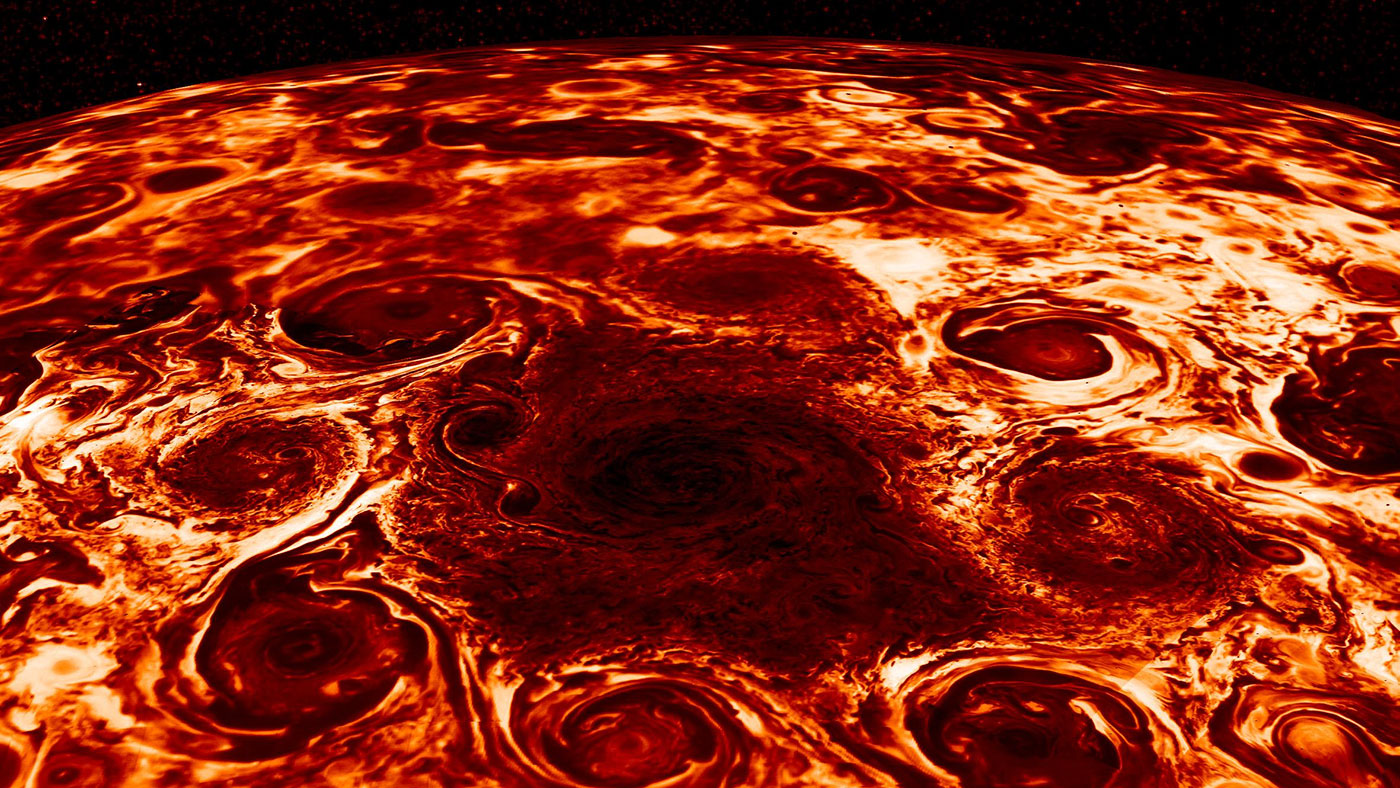
Ganymede, the largest moon in the Solar System, also has a deep underground ocean, deeper than Europa’s, but it is thought to be less potentially habitable as it is not in contact with a rocky core like Europa’s, which could provide nutrients to organisms, at least microscopic ones. Instead, Ganymede’s ocean is thought to be sandwiched between two layers of ice.
Io is brimming with active sulfur volcanoes, and dozens can be seen erupting at practically any given time. It may not be very habitable for life, but geologically, it is literally on fire.
Jupiter’s ring system, composed mostly of dust, may be a lot less pronounced than Saturn’s, but Juno’s observations will help scientists understand how such rings form around different planets.
Juno will also continue to expand on its previous discoveries about Jupiter’s interior structure, internal magnetic field, atmosphere (including polar cyclones, deep atmosphere, and aurora) and magnetosphere.
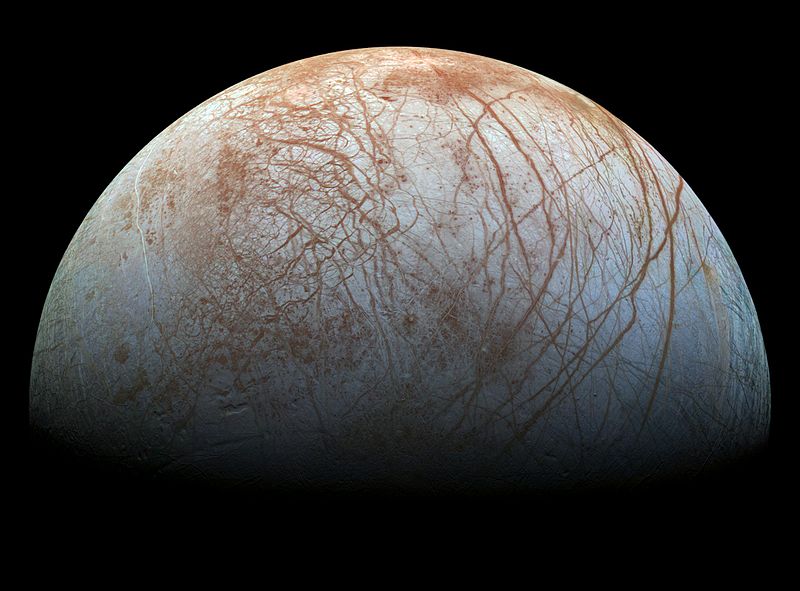
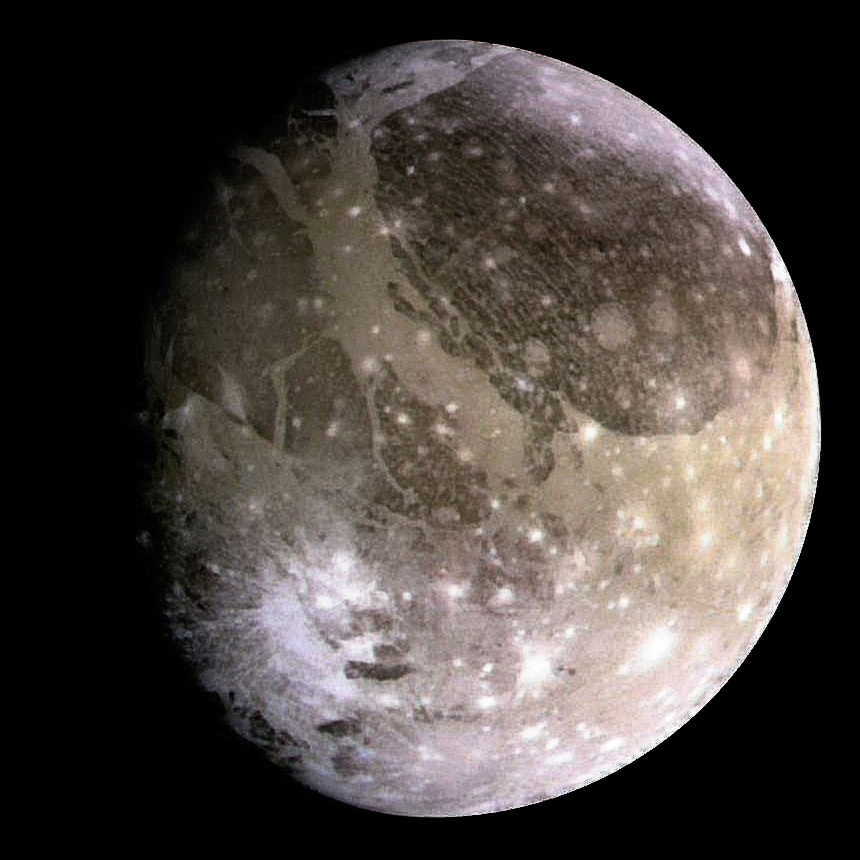
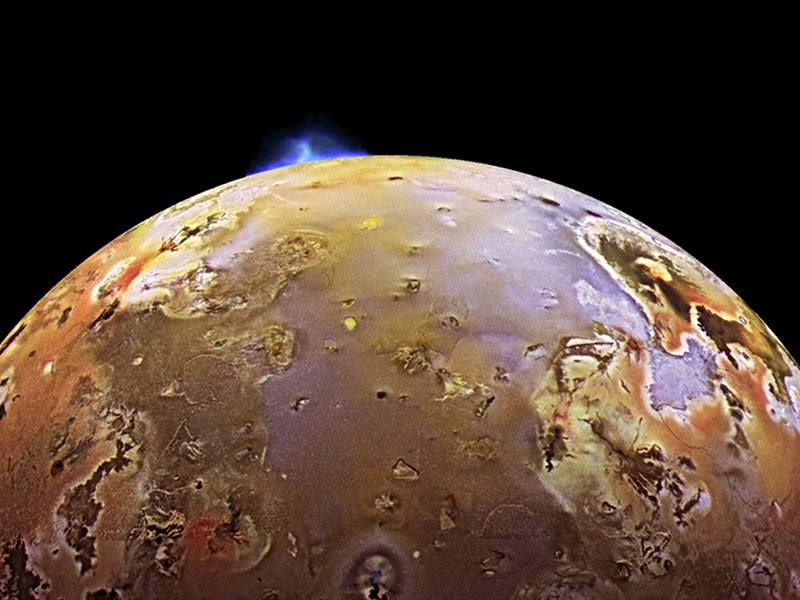
Juno has, of course, looked at Jupiter’s Great Red Spot, the massive hurricane-like storm larger than Earth, but it will also study the Great Blue Spot, an isolated patch of intense magnetic field near Jupiter’s equator. Juno will conduct high-spatial-resolution magnetic surveys of the spot during six fly-bys early in the extended mission.
The spacecraft will also fly through some different kinds of rings, the Europa and Io plasma tori, giant ring-shaped clouds of ions that encircle Jupiter. This will also help to prepare for the upcoming Europa Clipper and ESA’s JUICE missions by analyzing the radiation environment near those moons.
So how will Juno conduct these new fly-bys of the moons and rings?
Basically, the extended mission is simply a natural evolution of the orbits that the spacecraft has already been making around Jupiter. Over the past several years, those orbits have gradually been shifting northward, allowing Juno to get better views of the cyclones at Jupiter’s north pole. The point at which each orbit comes closest to the planet is called a perijove. Those perijoves have gradually been moving northward.
As the orbits continue to gradually migrate northward, Juno obtains better views of the rings and moons as well, and can conduct closer fly-bys of all of them.

“The mission designers have done an amazing job crafting an extended mission that conserves the mission’s single most valuable onboard resource – fuel,” said Ed Hirst, the Juno project manager at JPL. “Gravity assists from multiple satellite flybys steer our spacecraft through the Jovian system while providing a wealth of science opportunities.” The satellite flybys also reduce Juno’s orbital period, which increases the total number of science orbits that can be obtained.”
The planned fly-bys of the moons will begin with Ganymede on June 7, 2021, Europa on Sept. 29, 2022 and Io on Dec. 30, 2023 and Feb. 3, 2024.
Juno’s primary mission will end in July 2021 and the extended mission will include 42 additional orbits.
Juno’s extended mission will be almost like a whole new mission, bringing us closer views of three of Jupiter’s largest moons and rings for the first time since the Galileo mission. There is still a lot to learn about the Jupiter system, and Juno will continue to provide more exciting science data for years to come.
More information about Juno is available on the mission website.
.
.
FOLLOW AmericaSpace on Facebook and Twitter!
.
.






I suspect that the Jupiter/Saturn systems with their interesting moons will, in the not too distant future, provide us with a wealth of information that will finally answer the question of life (at least microbial) throughout the Universe.